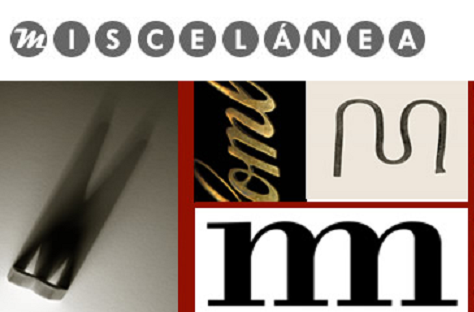The Making and Unmaking of a Colonial Subject: Othello
DOI:
https://doi.org/10.26754/ojs_misc/mj.199611044Abstract
Taking as a starting point the fact that Othello’s colour is politically and ideologically relevant in the development of the play, this article offers a reading of Othello as a tragedy of race. The article reviews key texts where the stereotype of the black man as a “pagan conjurer” of beastly living and monstrous sexuality crystallized, and traces the presence of the stereotype throughout the play. Othello’s condition as a black man—whatever shade of blackness he was—is further complicated by his condition as a colonial subject who wishes to adopt western culture. The play dramatizes the apparently unlimited possibilities of self-fashioning available to man in the Renaissance, only to deconstruct this optimistic self-fashioning or self-creation when race issues come into play. It is Iago’s exploitation of the politics of colour and of Othello’s double nature (proper to a colonial subject) that brings about Othello’s downfall.
Downloads
References
BHABHA, Homi K. 1994. The Location of Culture. London: Routledge.
CAMPBELL, Lily B. 1961. Shakespeare’s Tragic Heroes: Slaves of Passion. 1930. London: Methuen.
D’AMICO, Jack. 1991. The Moor in English Renaissance Drama. Tampa: U of South Florida P.
DRAPER, J. W. 1966. The Othello of Shakespeare’s Audience. New York: Octagon.
DU BOIS, W. E. B. 1989. The Souls of Black Folk. 1903. New York: Bantam.
FANON, Frantz. 1967. Black Skins, White Masks. New York: Grove Weidenfeld.
GREENBLATT, Stephen. 1980. Renaissance Self-Fashioning: From More to Shakespeare. Chicago: U of Chicago P.
JONES, Eldred. D. 1971a. The Elizabethan Image of Africa. Oxford: Folger.
- - -. 1971b. Othello’s Countrymen: The African in English Renaissance Drama. Oxford: Oxford UP.
JORDAN, Winthrop D. 1968. White over Black. American Attitudes towards the Negro, 1550-1812. New York: Norton.
LOOMBA, Ania. 1989. Gender, Race, Renaissance Drama. Manchester: Manchester UP.
NEWMAN, Karen. 1987. “‘And Wash the Ethiop White’: Femininity and the Monstrous in Othello.” In Shakespeare Reproduced: The Text in History and Ideology. Ed. Jean E. Howard and Marion F. O’ Connor. London: Methuen.
ORKIN, Martin. 1987. Shakespeare against Apartheid. Cape Town: Donker.
PARKER, Patricia. 1994. “Fantasies of “Race” and “Gender”: Africa, Othello, and Bringing to Light.” In Women, “Race,” and Writing in the Early Modern Period. Ed. Margo Hendricks and Patricia Parker. London: Routledge.
PEASE, D. 1991. “Toward a Sociology of Literary Criticism.” In Consequences of Theory. Ed. J. Arac and B. Johnson. Baltimore: John Hopkins UP.
SAID, Edward. 1979. Orientalism. New York: Vintage, 1979.
SALWAY, John. 1991. “Veritable Negroes and Circumcised Dogs: Racial Disturbances in Shakespeare.” In Shakespeare in the Changing Curriculum. Ed. Lesley Aers and Nigel Wheale. London: Routledge, 1991.
SINGH, Jyotsna. 1994. “Othello’s Identity, Postcolonial Theory, and Contemporary African Rewritings of Othello." In Women, “Race,” and Writing in the Early Modern Period. Ed. Margo Hendricks and Patricia Parker. London: Routledge.
TOKSON, Elliot H. 1982. The Popular Image of the Black Man in English Drama, 1550-1688. Boston: G. K. Hall.
WHITNEY, Lois. 1922. “Did Shakespeare Know Leo Africanus?¨ Publications of the Modern Language Association of America 37: 471-83.
Downloads
Published
How to Cite
Issue
Section
License
Copyright (c) 1996 Ana María Manzanas Calvo

This work is licensed under a Creative Commons Attribution-NonCommercial 4.0 International License.


